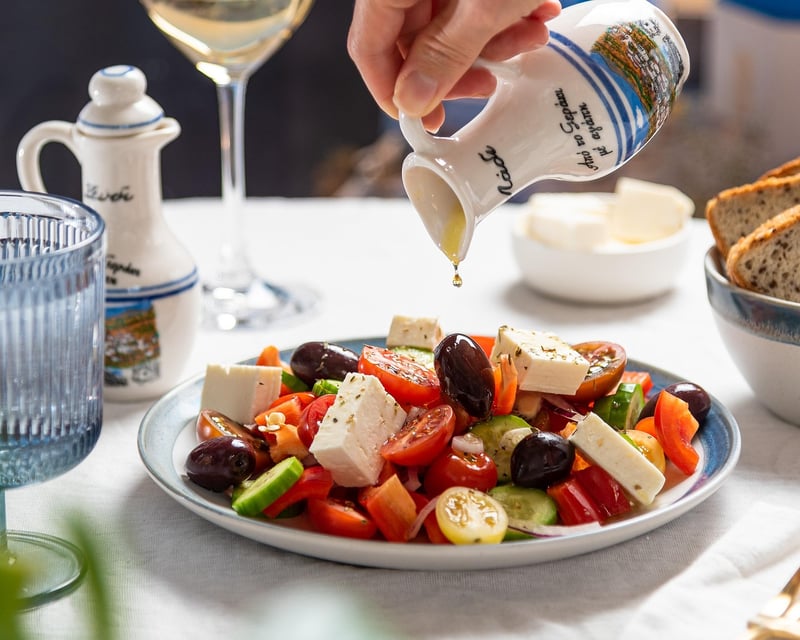Texture Contrasts
Perfecting Ingredient Combinations and Texture Contrasts
Creating delicious dishes isn't just about following a recipe; it's about understanding how different ingredients work together and balancing various textures to elevate your culinary creations. Here are some tips to help you perfect your ingredient combinations and texture contrasts:
1. Understanding Flavor Profiles
Before you start experimenting with ingredient combinations, take the time to understand the flavor profiles of each component. Consider how sweet, sour, salty, bitter, and umami flavors can complement or contrast with each other to create a harmonious dish.
2. Balancing Textures
Texture plays a crucial role in how we perceive food. Combining different textures like crunchy, creamy, chewy, and crispy can add depth and interest to your dishes. Pairing contrasting textures can create a more dynamic eating experience.
3. Pairing Ingredients
When pairing ingredients, think about how their flavors and textures interact. For example, pairing a rich and fatty ingredient with something acidic can help cut through the richness and balance the dish. Experiment with different combinations to find what works best for your palate.
4. Experiment with Contrasts
Don't be afraid to experiment with contrasting flavors and textures. Combining sweet and savory, soft and crunchy, or hot and cold can create exciting and memorable dishes. Be bold in your choices and trust your palate.
5. Presentation Matters
Texture contrasts can also be emphasized through the presentation of your dish. Consider layering ingredients, using garnishes for added crunch, or serving sauces on the side for dipping. The visual appeal of your dish can enhance the overall dining experience.
6. Get Creative
Don't be limited by traditional ingredient pairings. Explore global cuisines, try new ingredients, and think outside the box. The more you experiment, the more you'll learn about how different flavors and textures work together.

By mastering the art of combining ingredients and balancing textures, you can take your cooking to the next level. Whether you're preparing a simple salad or a gourmet meal, paying attention to flavor and texture contrasts will help you create dishes that are not only delicious but also visually appealing.
So, next time you're in the kitchen, don't just follow a recipe – experiment, taste, and enjoy the process of creating culinary masterpieces!
